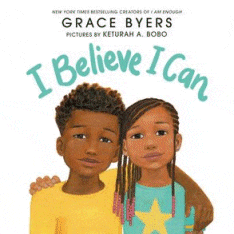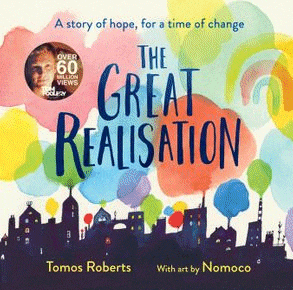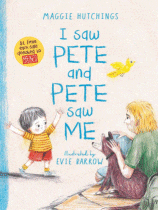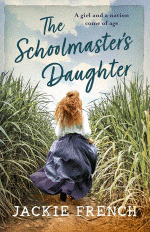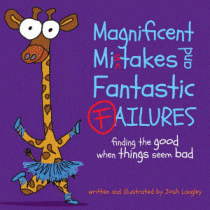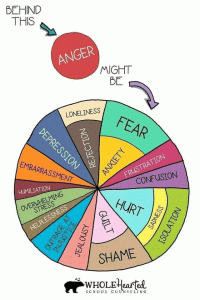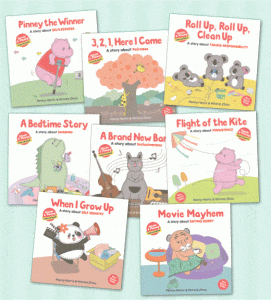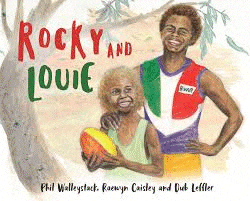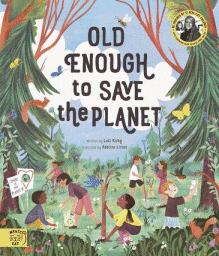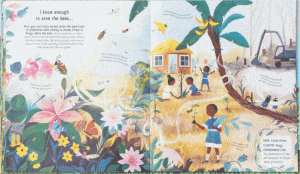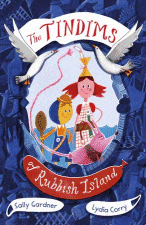
The Tindims of Rubbish Island
The Tindims of Rubbish Island
Sally Gardner
Lydia Carry
Zephyr, 2020
128pp., pbk., RRP $A12.99
9781838935672
Since the days of the Vikings, the Tindims have lived on Rubbish Island, recycling debris salvaged from sunken pirate ships and galleons. They have always lived in secret, caring for the creatures of the sea and helping messages in bottles to find the right tides. But now as plastic threatens to overwhelm their island home, the Tindims make contact with children for the first time ever to show them how to turn rubbish into treasure…
Join Skittle, her furry pet Pinch, her parents, Admiral Bonnet, Mug, Jug, Brew, Captain Spoons, Granny Gull and Barnacle Bow on Rubbish Island where they seem to find a use for every piece of rubbish that the ‘Long Legs’ throw into the water. For years they have lived by their motto: ‘Rubbish today is treasure tomorrow’. Wander through its warren of underwater rooms, including a toothbrush library and a hospital for sick fish, climb its terraces overlooking the sea and scale Rubbish Mountain. Set sail with them on their first ocean adventure as they show keen young human ecologists how to help protect our planet for the future.
There was recently a discussion on an education forum about teachers having younger readers who are newly independent and who have outgrown the levelled basal readers that are usually offered the age group. The consensus was that these readers should not have their opportunities stifled by stories with controlled vocabulary and contrived sentence structure just because of their age and a convenient label, and that while they still needed some support with shorter chapters, larger fonts and illustrations which not only broke up the text but also helped clarify it, there were plenty of these sorts of books that offered such a platform, built on a solid, quality storyline. This series, is one of those.
It is modern in appearance and focuses on a theme that is close to the heart and minds of its target audience, that of making this world a better place by thinking globally and acting locally. There are not a lot of things that our youngest readers have the power to improve or change, but being environmentally conscious is one of them so this book which inspires them to be more aware is certainly within their realm. Reminiscent of the classic series The Borrowers by Mary Norton, it may even inspire them to expand their horizons and read that collection.
The first in this series, it is one that should appeal to those who are ready to test the next stepping stones of their reading journey.
